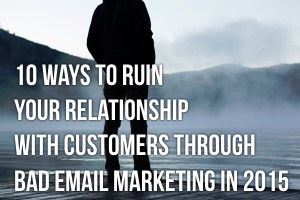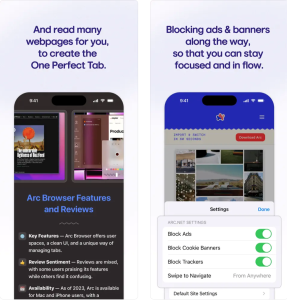Social networks seem to keep cropping up, whether people want them to or not. The world at large likes to think of social media in very simple terms: Facebook, Twitter, and maybe LinkedIn. And yet, the list of logos beneath a blog or a YouTube video continues to grow and grow – Google+, Tumblr, Instagram, Pinterest, and more. What allows them to all coexist is that they each serve a different purpose, or cater to a different crowd.
For the enthusiastic and connected business, having a presence on as many networks as possible might seem like a good idea, but the truth is that a business might not be able to find the same features and capabilities across all networks. While all social networks follow a similar process of engagement and sharing, the success of a social media campaign will depend how well a strategy is able to utilize each network to its full potential.
Play to Your Strengths, But Also to Your New Audience
If your business is known for its shareable, informative whitepapers and article content, then something like LinkedIn or Twitter (if you’ve nailed the art of a good title or lead-in) is going to serve you well. Without compelling infographics or visual presence, the idea of attracting any followers through visual sites like Pinterest or Instagram is misguided at best.
So should you branch out and try new things to attract a new crowd? If someone on your staff can represent you satisfactorily in that medium, then absolutely. On the other hand, if it doesn’t fit with your skill set or the image of your brand, then the kinds of people who don’t use the networks where you flourish probably won’t be overly interested in your products or services anyhow.
Trying something new could open a whole new door of exposure for your brand, bringing in an entirely fresh demographic to learn about what you offer for the first time. While that sounds promising, failure to execute up to standards could wind up as a black eye for your marketing. No rewards are without their risks.
Keep Your Social Presence To Scale With Your Operations
For multinational corporations with clients scattered across the globe, having a vast social media empire probably suits them just fine. They can even afford to have specialists for each network to handle all communications and customer interaction no matter what slice of the internet they choose to connect with people. It makes sense that larger companies with larger client bases will need to stay in communication with all the people that buy from them.
If you run a local, family-owned business, then you just need to be available to the one or two networks that your customers frequent. In most cases, Facebook works just fine for this scale of operations, especially as it allows for a more individualized, personal kind of communication.
Then again, it’s important not to try and take on too much and spend more time managing your social media accounts than all the other aspects of your company. After all, you do have a business to run. Fortunately, there are several easy-to-use online tools that can keep the process of managing multiple social accounts to a minimal. Hootsuite and Buffer are both great tools to use for those managing Facebook, Google Plus, Twitter, and LinkedIn pages.
Focus On Being Accessible, Not Proactive
When it comes to social media, sometimes it’s more important to stay in touch with existing clients than it is getting in touch with new ones. There are plenty of ways to determine what trends are performing better across different networks, or what regions user certain platforms more frequently. One of the first places you’ll want to start is with your competitors. What kind of content are they sharing? Are they receiving positive or negative responses?
Using tools such as Facebook Watch and Tweet Reach before, during, and after your activity on your social media channels. The Facebook Watch tool provides insights, allowing you to view some of the most important metrics you’ll want to be tracking, including engagement numbers, posting frequency, and weekly increases in “Likes.”
On the Twitter side of things, Tweet Reach can be used as a free tool, but there is an option to pay more if you wish to view more statistics. Always keep in mind that any page’s number of followers will never serve as a good indicator of their success. With this tool, you’ll be able to get an in-depth analysis of your competitors’ Twitter activity, including impressions, mentions, top tweets, and much more.
By doing your homework before launching your next social media campaign, you can make sure your message is getting out to the right people.
If you’re satisfied with the level of customer interaction your brand is engaged with online, then adding another network to your plans is a great way to find new people who might be previously unaware of your offerings. Otherwise, stay in your comfort zone and work on engaging not just the people who are loyal to the cause, but having them spread the word among their circles as well.
Social Articles | Business 2 Community
(542)






